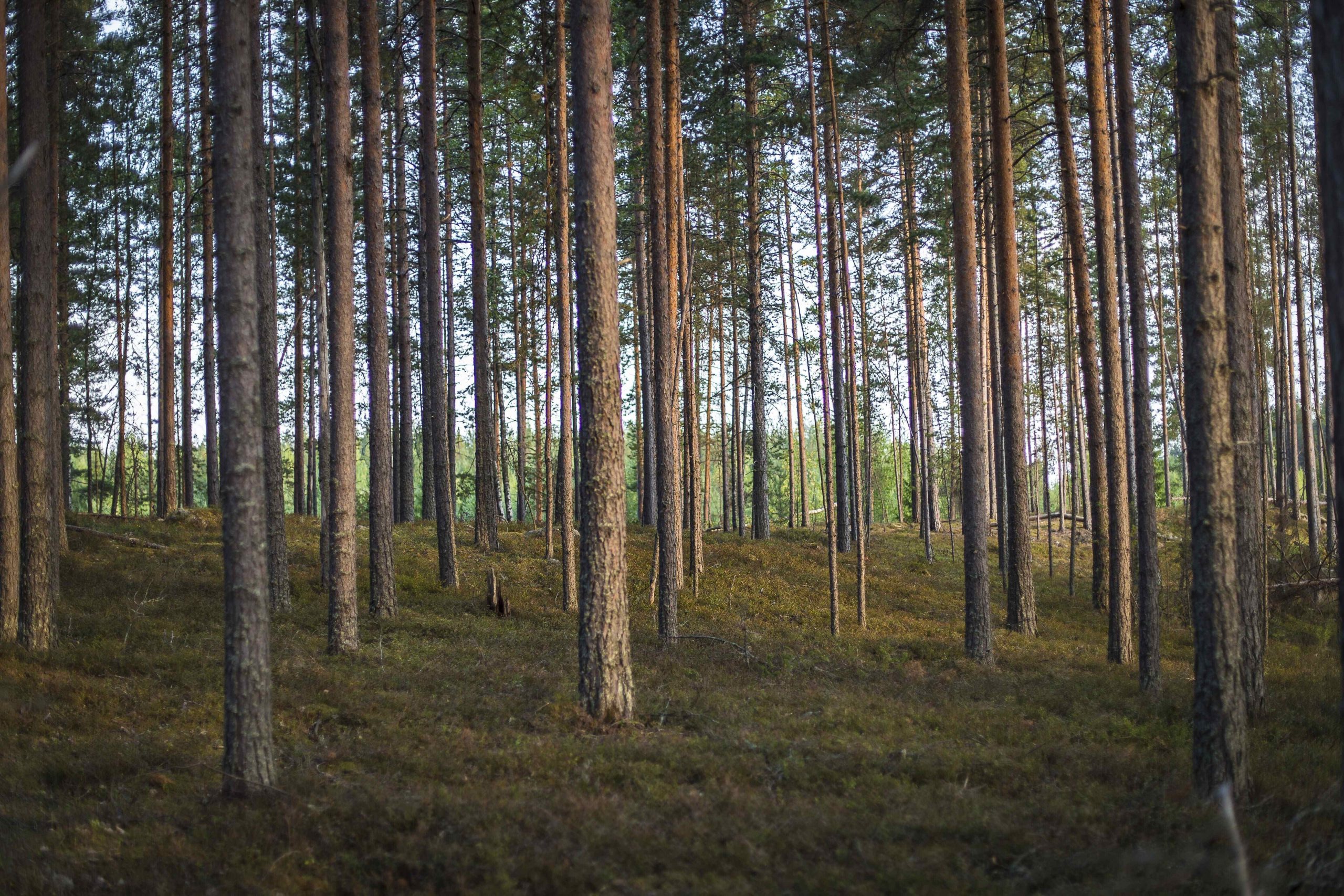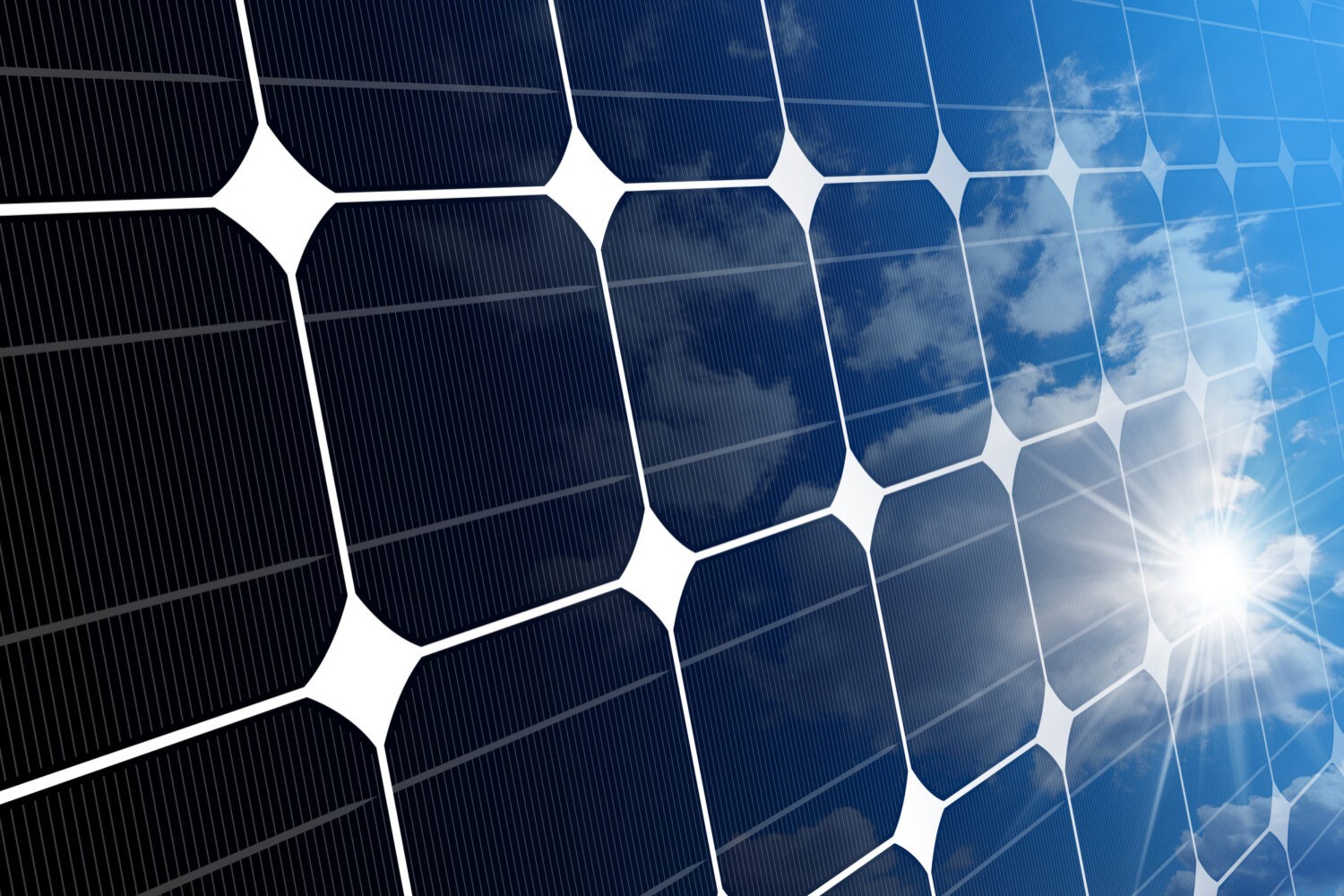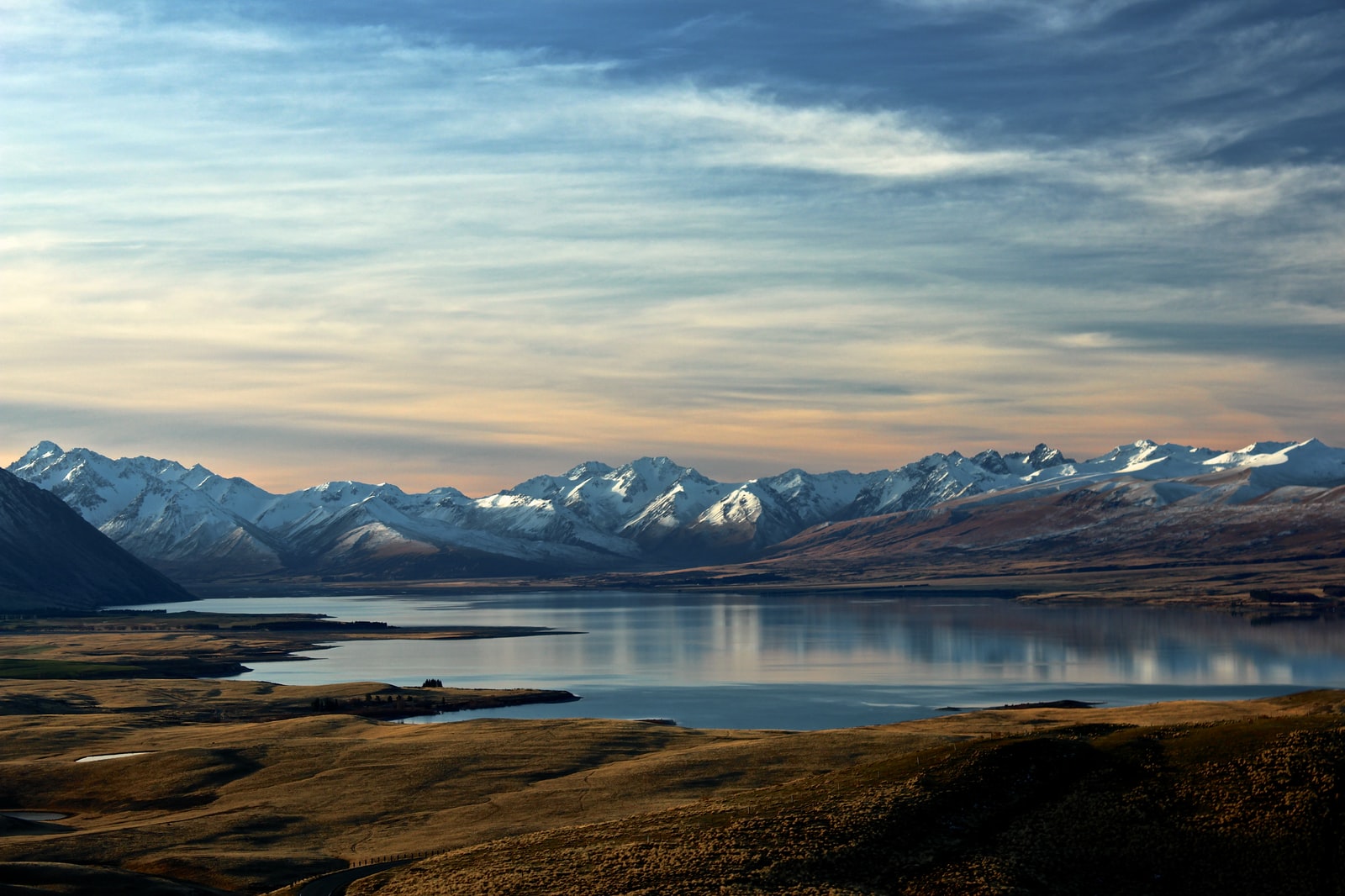
New Zealand in the midst of climate change
Over the past two years the dry spell has put in crisis the hydropower industry, questioning New Zealand’s ambitious strategy to become fully reliant on renewable energy by 2035.
Can climate change influence a country’s energy strategy? The question arises looking at New Zealand, where dry weather has caused a lowering of water level in hydro lakes.
For countries with major rivers, using hydropower can be a sustainable alternative. It transforms large water masses’ kinetic energy into electricity through a system of turbines and alternators.
One of the biggest problems of hydropower is the complaints that dams destroy ecosystems and uproot communities, as in Mekong River, where the construction of dams is putting at risk the freshwater fishing, source of income for millions of people.
According to the Wall Street Journal, New Zealand offers a case study of what can happen when a country is highly reliant on hydropower. It highlights the compromises that might need to be made as countries try to balance a stable power supply with commitments made in the Paris climate-change agreement.
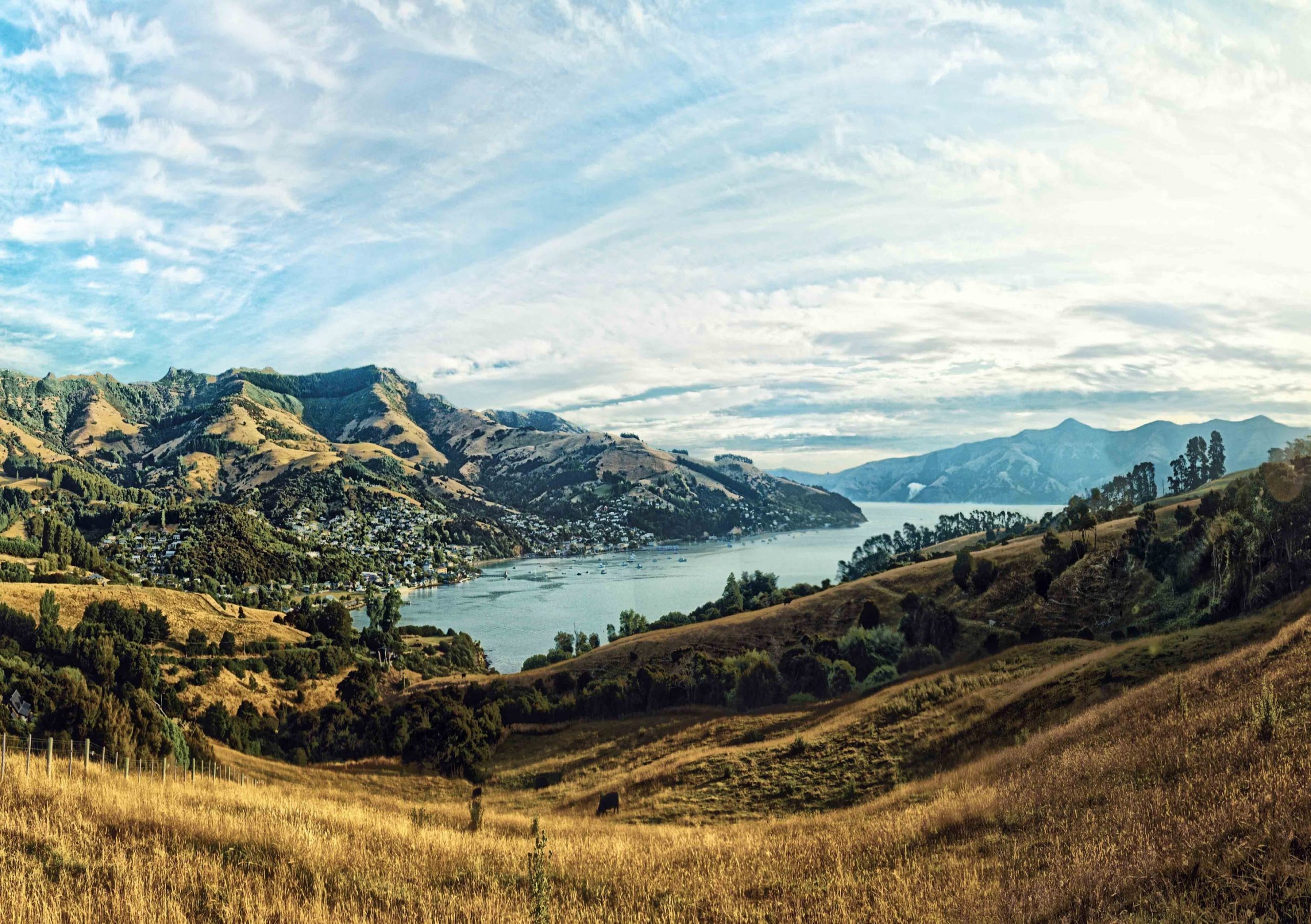
Akaroa, New Zealand.
Since her term of office started, Prime Minister Jacinda Ardern has given priority to the climate issue, investing in energy policies aimed to zero out fossil fuel dependency. Currently, 60% of New Zealand electricity production comes from hydropower plants, 16% from coal and gas fired plants and 25% from wind, photovoltaic and geothermal energy.
In the last years the dry spell has affected more and more often the country, especially the hydropower production. Large parts of New Zealand have received around half of the usual rainfall, leading to water levels in hydro lakes dropping below 60% of the average in some months. Wholesale power prices have leapt in response to the shortage, heaping pressure on independent power retailers. The world’s biggest producer of methanol, Methanex Corp., has temporarily closed one of its New Zealand plants to free up natural gas that can be used to generate electricity. A Rio Tinto PLC aluminium smelter, which consumes 13% of New Zealand’s electricity, reduced production for several months to ease pressure on power supply.
In the last years the country, and especially the hydropower production, has been progressively affected by dry spell.
Compounding the hydropower shortfall is a decline in natural-gas production from the country’s main offshore field.
The dry spell led to renewables’ share of New Zealand’s electricity supply falling to 79% in the first three months of this year, from more than 85% in the last quarter of 2019. While recent rains have improved hydropower levels, there is disagreement over how to prevent another power crisis during a prolonged period of dry weather in the future.
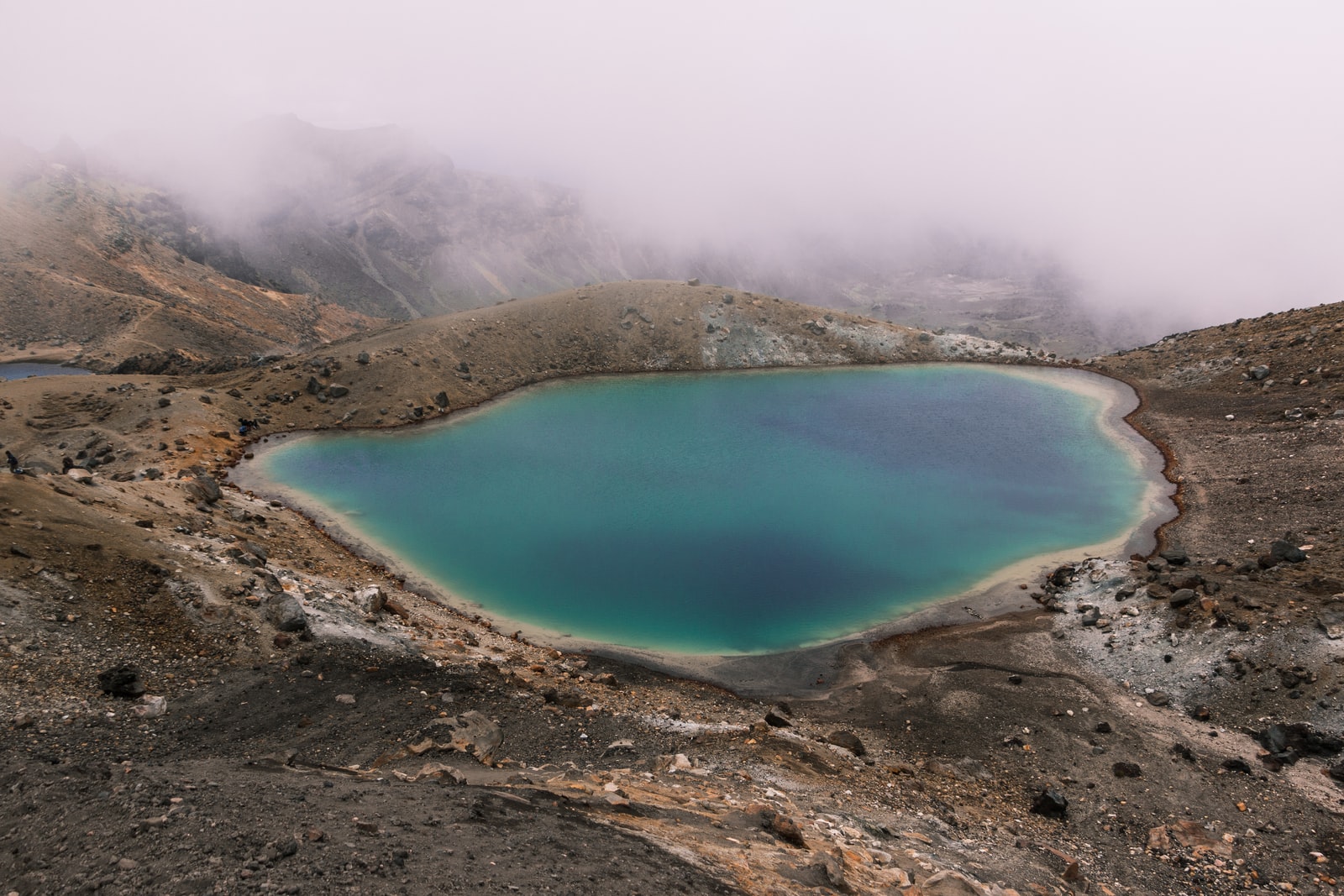
Emerald Lake, National Park of Tongariro, New Zealand.
When hydropower levels began falling, New Zealand resorted to coal to fill the gap in energy supply. Last year, the country’s coal imports were more than double the average of the previous decade. In the Wall Street Journal’s article, John Carnegie, chief executive of Energy Resources Aotearoa, said that, given the use of coal, they seem to be going backwards, confirming the need to maintain a system that is balanced—affordable, reliable and sustainable.
For some in the industry, that means retaining power plants that burn gas as a backup when hydropower supply drops because it helps deal with intermittency and it helps keep a cap on prices going crazy. On the other hand, environmental groups want the country to invest more in wind and solar energy. In case of a prolonged shortfall due to meteorological changes, these two sources wouldn’t be able to bear it.
For some in the industry, gas could work as a backup when hydropower supply drops. On the other hand, environmental groups want the country to invest more in wind and solar energy.
New Zealand’s government is also considering to invest more in hydropower. It is investigating the feasibility of a giant hydro lake in the tussock-carpeted highlands of its South Island that would be filled over a couple of years by pumping in water during periods of low demand. Costing at least NZ$4 billion, equivalent to about $2.8 billion, it would act like a battery and largely be discharged in dry years.
